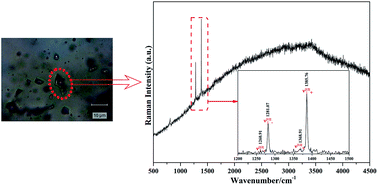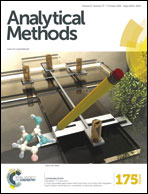Quantitative analysis and measurement of carbon isotopic compositions in individual fluid inclusions by micro-laser Raman spectrometry
Abstract
Micro-laser Raman spectrometry is a potential method for quantitatively analysing stable isotopes in individual fluid inclusions. In this study, we demonstrate that micro-laser Raman spectroscopy is a suitable and non-destructive technique to quantitatively determine the carbon isotopic compositions (δ13C value) of CO2 in individual fluid inclusions. A series of 12CO2/N2 and 13CO2/N2 binary mixtures with various molar fraction ratios were synthesized with the aim of obtaining Raman quantification factors. It was found that the Raman peak area ratios were proportional to the molar fraction ratios. The linearity of the working curves was very good (higher than 0.999). Moreover, the slopes of working curves were regarded as Raman quantification factors (F12CO2 was 1.16259 and F13CO2 was 1.61089), which offered a theoretical foundation for the research on computing the value of carbon isotopic composition. The artificial inclusions with known molar fraction ratios were presented to testify the validity and precision of the method. In addition, the individual fluid inclusions collected from the Yanchang formation sandstone reservoir, Ordos Basin, have been applied to estimate their carbon isotopic compositions. The possibility of quantifying the carbon isotopic compositions of CO2 by micro-laser Raman spectroscopy was demonstrated.


 Please wait while we load your content...
Please wait while we load your content...